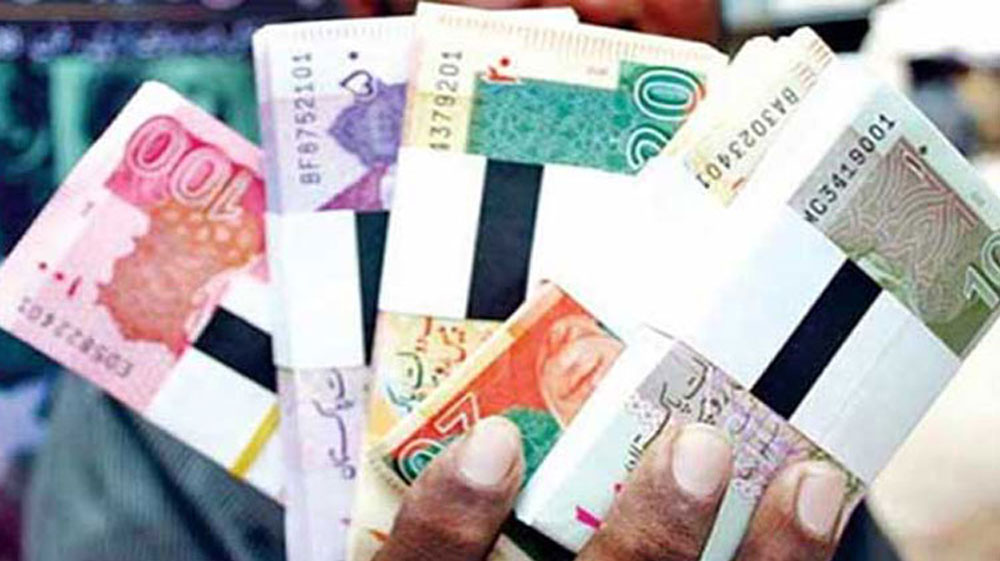State Bank of Pakistan (SBP) has spent a whopping Rs. 9.362 billion on printing currency notes of different values in the financial year 2017-18.
It means the central bank has to spend a lot of money to make the money available for the masses. The phenomenon is one of the most misunderstood and most quoted in the economic field.
Fortunately, SBP witnessed a slower growth in the expense of this particular head.
According to SBP’s annual performance report, the printing charges of banknotes increased to Rs. 9.362 billion in FY18 from Rs. 9.128 billion in FY17, thereby registering a modest increase of 3 percent.
In the last financial year, the central bank witnessed a double-digit growth of 18 percent in this expense which grew to Rs. 9.12 billion in FY17 from Rs. 7.73 billion in FY16.
Factors of Reducing Printing Expenses
The central bank produces banknotes as per the demand of the cash in the economy. In FY18, the currency in circulation went up to more than Rs 4 trillion and the GDP growth witnessed a record growth of 5.8 percent, a 13 year high, but the expense of the cash has been curtailed by the central bank through efficiencies and promotion of electronic or digital payment system in the country, which is on the rise.
Less Withholding Tax on Non-Cash Transactions
The withholding tax on non-cash transaction stands at 0.4 percent on transactions above Rs 50,000, which is lower than the tax rate of 0.6 percent on cash withdrawals. Hence, the service of interbank fund transfer is being exceedingly utilized to make transactions whereas people at large are avoiding cash withdrawal from bank branches or their respective ATMs.
The use of prize bonds and Dollars were also reported for large valued transactions by traders to avoid tax deduction from the banks.
Acquisition of PSPC
SBP acquired 100 percent shares of Pakistan Security Printing Corporation (PSPC) from Federal Government in 2017 and became the sole producer of banknotes and prize bonds within the country. This initiative was taken in line with global practices.
This investment also saved expenses of the central bank with no additional charges in this regard.
In a nutshell, the central bank not only reduced the cost of printing charges but it also witnessed a decrease in the utility of cash by the public in the presence of electronic payment options.


























